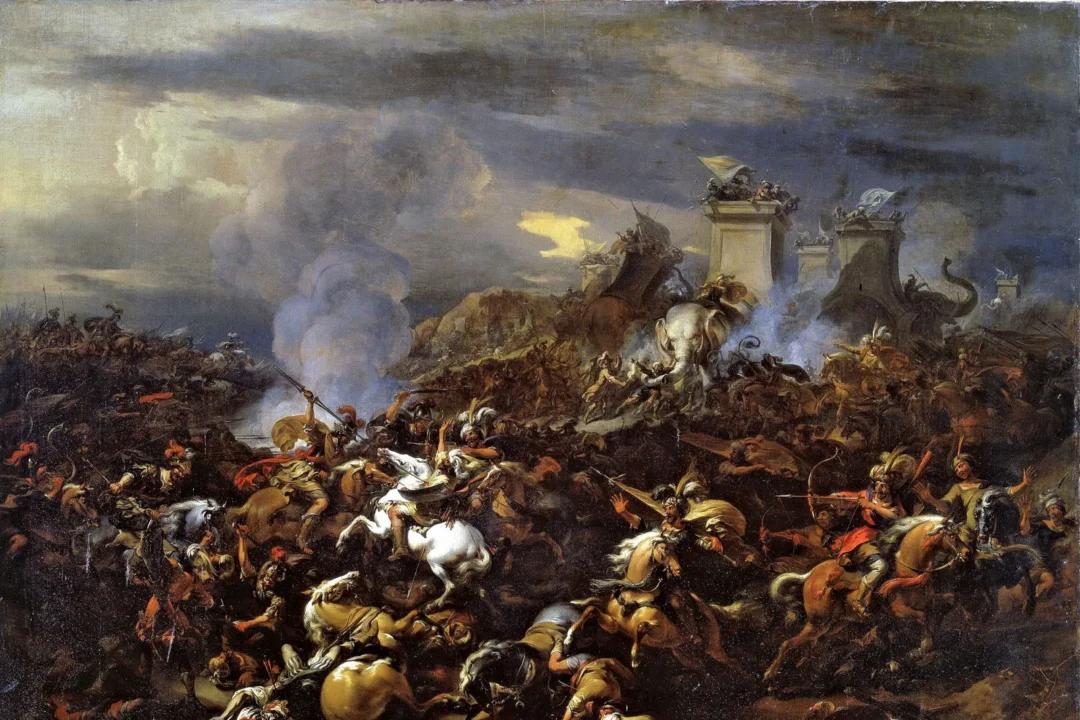Over the course of eight years, the armies of Alexander the Great had been on their quest to scour and conquer the known world. Of course, this quest was prompted primarily out of Alexander’s unquenchable thirst to conquer rather than the army’s hunger for combat. In 326 B.C., Alexander’s great quest to conquer all of the known world ended just past the Hydaspes River, now the Jhelum River, in northwest India. In historian and writer Nic Fields’s new study, “The Hydaspes 326 BC: The Limit of Alexander the Great’s Conquests,” he takes the reader on a journey through the details of not just the battle, but the land, the river, and the soldiers, materiel, and military tactics of each side.
Before the battle commences, Mr. Fields provides the background of the Macedonian army led first by Alexander’s father, Philip II of Macedon. He makes the case, though briefly, that Alexander, though an incredible leader of men himself, was practically gifted an army readied for conquest and domination.






